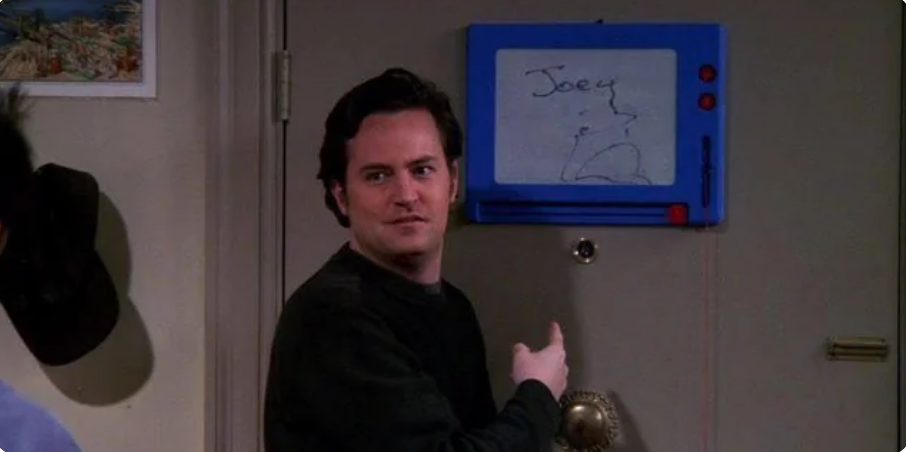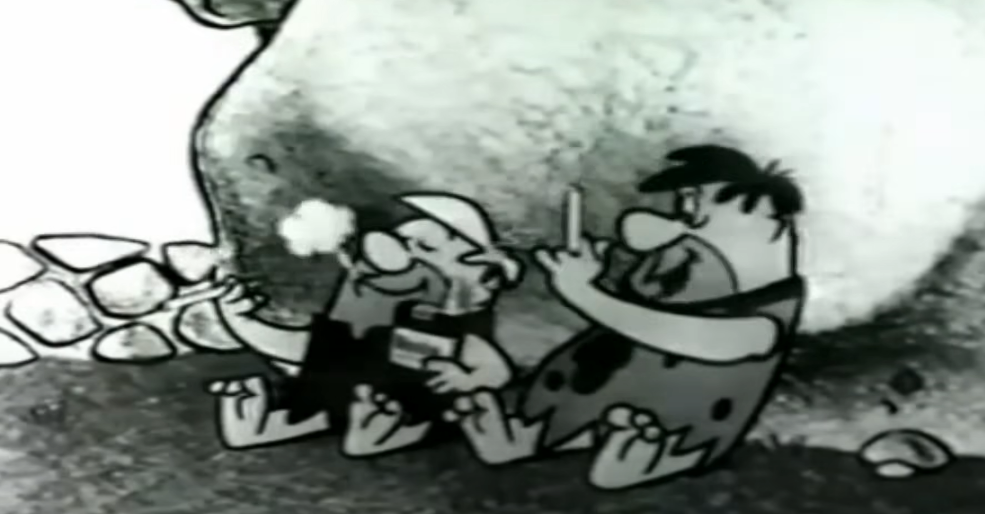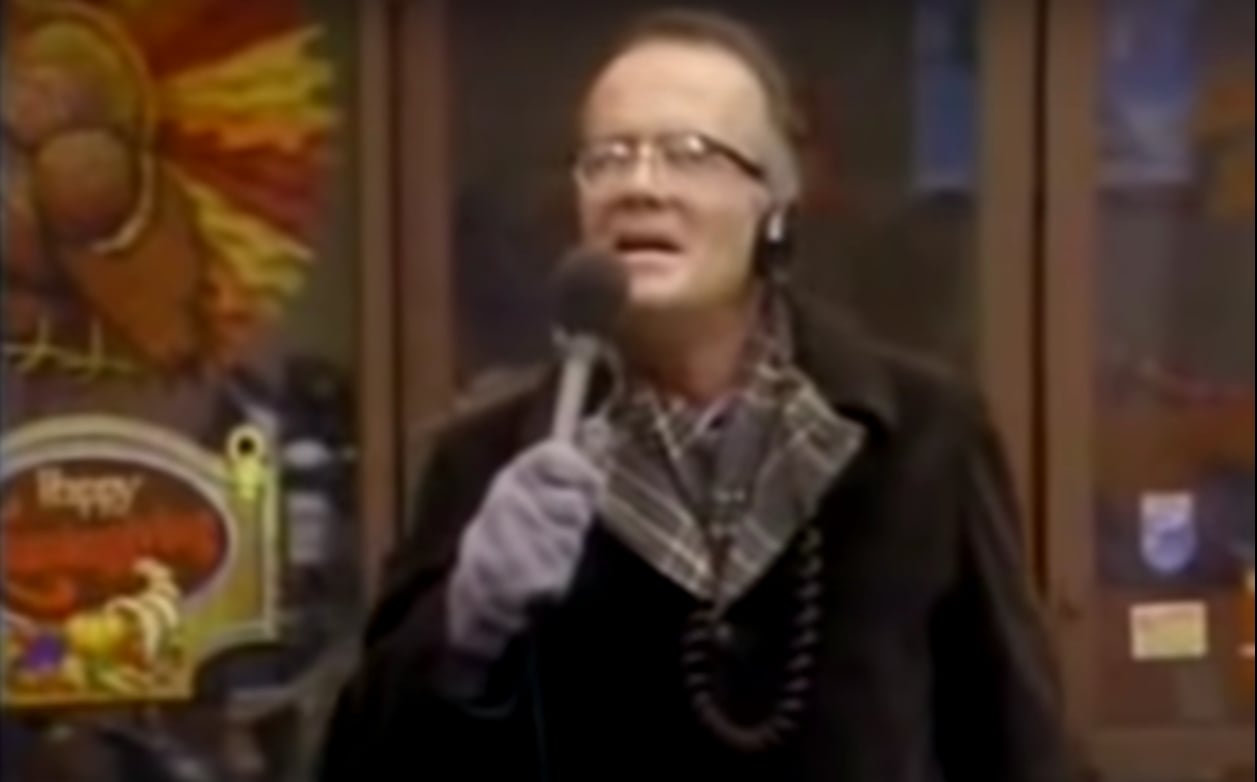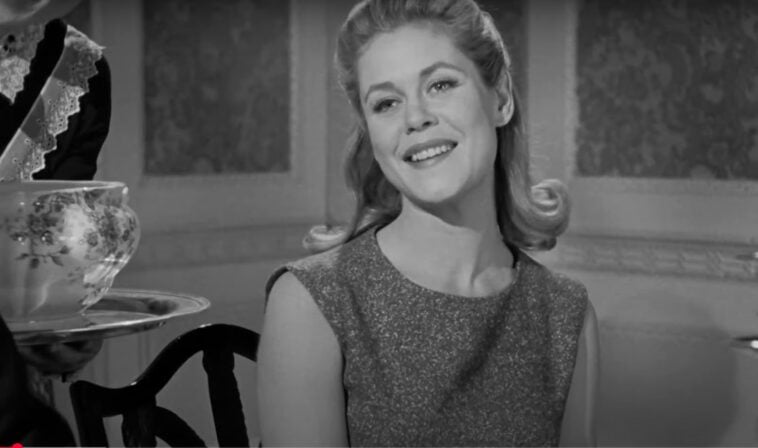If there’s one thing that enriched our childhoods, relationships, and life as we know it, it’s got to be the sitcoms we grew up with. These shows have a way of not only highlighting the absurd aspects of our day-to-day existence but also serving as a mirror to our own experiences, often addressing real-world issues with wit, wry humor, and what have you. That’s probably why we’re so devoted to the genre as a whole, building fan bases, and making parodies and adaptations to revere the original.
To that effect, we did some digging to bring you some nerdy facts about our favorite classic TV sitcoms. Who knew these beloved shows had so many secrets? Now, if you’ll excuse me, I’m off to binge-watch some classics with a whole new perspective!
I Love Lucy – The Double Take

Aside from being hailed as “The Greatest Show of All Time” by multiple reputable publications, appearing on numerous “all-time greats” lists, and racking up several Primetime Emmy Awards and nominations, I Love Lucy (1951-1957) was also a TV sitcom that introduced many firsts to the world. This includes being the first to film a scripted TV show using 35 mm film and a three-camera setup (it was just the one camera before this) before a live studio audience.
But, what many fans wouldn’t know about this legendary sitcom centered around the titular character Lucy and her Cuban-American husband Ricky Ricardo is that the pilot episode of I Love Lucy had to be shot twice because the studio audience couldn’t hear the show’s dialogues the first time around. Talk about a rocky start for one of the most beloved sitcoms of all time!
The Brady Bunch – Speed Writing

The Brady Bunch (1969-1974) with its cool alliterative title that chronicles the life of a large blended family in suburban America is a beloved sitcom for many. Its creator, Sherwood Schwartz, not only brought this iconic show to life but also co-wrote the title song of the TV show with musician and actor Frank De Vol.
Interestingly, the creation of the song was a remarkably swift process — It’s been reported that the lyrics were written in less than 15 minutes! While it’s unclear whether this rapid composition was due to Schwartz and De Vol’s exceptional songwriting skills or because they were pressed for time, it’s evident that their quick work resulted in one of television’s most iconic and memorable theme songs.
Happy Days – Fonzie’s signature look

Arthur “Fonzie” Fonzarelli’s (played by Henry Winkler) signature leather jacket almost didn’t make it onto the show! In the first season of the sitcom Happy Days, (1974-1984) ABC executives were concerned that co-lead Fonzie’s leather jacket made him look too much like a thug. To appease the network, creator Garry Marshall struck a clever deal: Fonzie could wear his leather jacket, but only when he was near his motorcycle.
This compromise led to some creative, albeit hilarious staging, with Fonzie’s bike, often shoehorned into scenes solely to justify his trademark look. As the character’s popularity soared, the restriction was eventually lifted, allowing the Fonz to rock his leather jacket in every scene.
Cheers – Name Game

The iconic eponymous Boston bar where everybody knows your name in the American sitcom Cheers (1982-1993) almost had a different moniker! Before settling on the simple and memorable Cheers, the show’s creators considered some more elaborate options. Two of the front-runners were Cheers Beacon Hill and Cheers 501.
Imagine series regular George Wendt’s Norm walking into the bar and shouting, “Evening, everybody!” at a place called Cheers 501. It just doesn’t have the same ring to it, does it? Thankfully, they decided to keep it short and sweet.
The Andy Griffith Show – Mayberry’s Hidden Location

While The Andy Griffith Show (1960-1968) was set in the fictional town of Mayberry, North Carolina, many of the sitcom’s outdoor scenes were actually filmed at the backdrop of Forty Acres in Culver City, California. This same production space was used for other classic shows like Gone With The Wind, Star Trek, and even Batman.
So, the next time you’re admiring Mayberry’s small-town charm, remember you’re actually looking at a little slice of Hollywood magic. Who knew Andy and Barney were rubbing shoulders with some of Tinseltown’s biggest stars?
M*A*S*H – Finale Frenzy

The MAS*H (1972-1983) series finale, Goodbye, Farewell and Amen, wasn’t just popular – it was a bona fide cultural phenomenon. On February 28, 1983, a mind-boggling 105.97 million viewers tuned in to bid farewell to Hawkeye and the gang. When you factor in viewing parties and public screenings, the total audience swelled to an estimated 121.6 million. To put that in perspective, almost the entire population of Japan is watching the same TV show at once.
This record-breaking viewership wasn’t just a flash in the pan. For 27 years, this final episode held the title of the most-watched single broadcast in television history. It took the juggernaut of the Super Bowl to finally topple it from the top spot in 2010.
Even today, in our age of streaming and endless entertainment options, the MAS*H finale remains the most-watched single episode of any scripted television series in U.S. history. With our fractured viewing habits, it’s a record that might stand forever. Now that’s what we call going out with a bang!
Family Ties – Mallory’s Brainy Beginnings

Mallory wasn’t always the ditzy fashionista we came to love! In the early episodes of Family Ties (1982-1989) main cast Justine Bateman’s character was far from the academically challenged sister we remember. Initially, Mallory was portrayed as a typical teenager with more than average smarts and a razor-sharp wit.
It wasn’t until later that the writers emphasized her fashion obsession and boy-crazy antics, playing up the contrast with her brainiac brother Alex. This evolution happened gradually, as the show’s creators realized the comedic gold in the siblings’ intellectual disparity.
The Golden Girls – Sophia’s Surprising Cheesecake Secret

Sophia, the sharp-tongued Sicilian firecracker from The Golden Girls (1985-1992) wasn’t the biggest fan of the girls’ favorite dessert. While the other ladies frequently indulged in cheesecake, eagle-eyed fans have noticed that Sophia rarely partook in these sweet treats. In fact, some viewers claim they never saw her eat cheesecake on the show at all. This subtle detail adds an intriguing layer to Sophia’s character, setting her apart from her cheesecake-loving housemates.
Even more fascinating is that this trait might have stemmed from Estelle Getty herself. In her one-woman show, Getty reportedly mentioned that her preferred dessert is “a piece of fruit and some cheese”.
Seinfeld’s Pilot Waitress – A Sitcom Traveler

Remember Claire (played by Lee Garlington), the waitress from Seinfeld’s (1989-1998) pilot? Many hardcore fans are aware that she was originally intended to be a main character, serving as the primary female voice in the show — the producers decided to reshape the concept of the show and replaced her with the now iconic Elaine Benes. Rumor has it that Garlington didn’t fare well with the focus group, and hence the reason she got 86’d.
If you’re wondering what became of Claire after her disappearance (or rather non-appearance) from the show, she ended up as Joey’s dad’s mistress, Lorraine, in the Friends (1994-2004) episode The One with the B**bies.
Gilligan’s Island – Theme Song Trivia

Many of us can sing the entire Gilligan’s Island theme song without blinking an eye (hopefully we’re all thinking about the version that does not include the words “the rest” in it). But did you know that Amazing Graze as well as Stairway to Heaven can also be sung in the same catchy melody? Although there are quite a few adaptations and parodies, a little-known band called Little Roger and the Goosebumps’ parody titled Stairway to Gilligan’s Island does a stupendous job of giving the famed tune a melodramatic twist.
Bewitched – Nose Twitch Secret

Fans of Bewitched (1964-1972) may well know that Elizabeth Montgomery, who played Samantha, wasn’t really twitching her nose, at least not in the way it was shown on the sitcom. The magical effect was actually the result of the director speeding up the footage in those scenes during post-production. What many may not know is that the iconic gesture originated from Montgomery’s real-life nervous habit.
During the audition process and rehearsals, director William Asher (Montgomery’s husband at the time) noticed her moving her upper lip when she got nervous. This unwitting affectation made her nose slightly twitch as well. Asher immediately recognized this as the perfect magical gesture for Samantha — after all, who wouldn’t prefer a singular nose twitch to an overdone and overused gesture like a wave of the hand?
I Dream of Jeannie – Belly Button Myth

Contrary to popular belief, there was never a “navel controversy” on the set of I Dream of Jeannie (1965-1970). For years (the rumor doesn’t seem to have abated even now, as you still see people talking about it), rumors circulated that NBC censors forbade Barbara Eden’s navel from being shown, even claiming that a flesh-colored plug was used to cover it.
However, at a 2010 DragonCon reunion panel, Barbara Eden herself set the record straight. She explained that there was no censorship involved — the costume simply covered her navel naturally. The myth originated from a Hollywood Reporter article that mentioned her covered belly button, which other writers then exaggerated and spread. In Eden’s own words, “It was just an accident. Nobody cared.”
Friends – The Magna Doodle Artist

The ever-changing drawings on the Magna Doodle board on Joey and Chandler’s door weren’t random. They became an inside joke managed by one crew member, Paul Swain, from the electrical best boy department.
After the first few seasons, Swain took over sole responsibility for the drawings, often creating doodles that were inside jokes for the cast and crew or subtle hints about the episode’s plot. The crew even had to carefully guard the board to prevent others from doodling on it and breaking the continuity.
Bonus fascinating fact: Matt LeBlanc was so attached to that Magna Doodle that he actually swiped it when the show ended, but later gifted it to Paul Swain, the crew member who drew all the doodles.
The Flintstones – The Original Corporate Sponsors

While we remember The Flintstones (1960-1966) as a wholesome family cartoon, its initial run was a bit more… adult. For its first two seasons and part of its third, the show’s primary sponsor was Winston Cigarettes. This led to some now-jarring animated commercials featuring Fred and Barney taking a “Winston break.”
The ads showed the two pals relaxing and lighting up, praising the flavor of Winstons. Even Wilma and Betty were featured in spots for the brand. Once the show’s direction shifted with the birth of Pebbles—fully cementing it as children’s entertainment—and Welch’s grape juice took over, these cigarette ads were pulled and have since become a fascinating and bizarre relic of a different era in television.
The Honeymooners – The High-Wire Act of Rehearsal

The legend surrounding The Honeymooners (1955-1956) often claims Jackie Gleason enforced a strict “no rehearsal” policy, but the truth is more nuanced and just as impressive. The cast didn’t walk onto the set cold, but they came dangerously close. They would typically receive their scripts just a day or two before the live taping and would do only a single, brief walk-through on the afternoon of the show.
This run-through was primarily for the technical crew to map out camera movements and blocking. The actors were not encouraged to give a full performance. Gleason fiercely believed that a scene’s true comedic energy—the “gleam”—was only present the first time it was performed for an audience.
He wanted to capture that raw, spontaneous chemistry, which meant his co-stars, particularly Audrey Meadows and Art Carney, had to be incredibly prepared and ready for his famous ad-libs. This high-wire act of minimal preparation is what gives the show its lightning-in-a-bottle feel, a live-wire comedic energy that has never been duplicated.
All in the Family – The Bunker’s Revolving Door

It’s hard to imagine All in the Family (1971-1979) without the inimitable chemistry of its core four actors. But the Bunkers we know and love weren’t the first family to grace that famous Queens living room. Creator Norman Lear shot two different pilot episodes before the show was finally picked up by CBS.
In the first pilot, titled Justice for All, the roles of Mike and Gloria were played by different actors. When that failed to sell, a second pilot, Those Were the Days, was produced, again with a different duo playing the Stivics. It was only on the third try—the one that finally made it to air—that Rob Reiner and Sally Struthers were cast, cementing the iconic quartet and changing television forever.
WKRP in Cincinnati – The Turkey Drop’s True Tale

The WKRP in Cincinnati (1978-1982) episode “Turkeys Away” is legendary, culminating in station manager Arthur Carlson’s immortal line: “As God is my witness, I thought turkeys could fly.” This piece of comedic genius wasn’t just pulled from thin air; it was inspired by a real-life radio station promotion.
Series creator Hugh Wilson got the idea while working in the advertising business in Atlanta, where one of his clients was radio station WQXI. The station’s general manager—the real-life inspiration for Arthur Carlson—told Wilson about a disastrous Thanksgiving giveaway he had orchestrated years earlier at a different station in KBOX in Dallas, Texas.
The real-life turkey drop, which involved throwing reportedly frozen turkeys from the back of a truck at a Dallas shopping center, was just as disastrous and chaotic as the one depicted on the show, proving that sometimes the most absurd comedy is simply ripped from reality.

